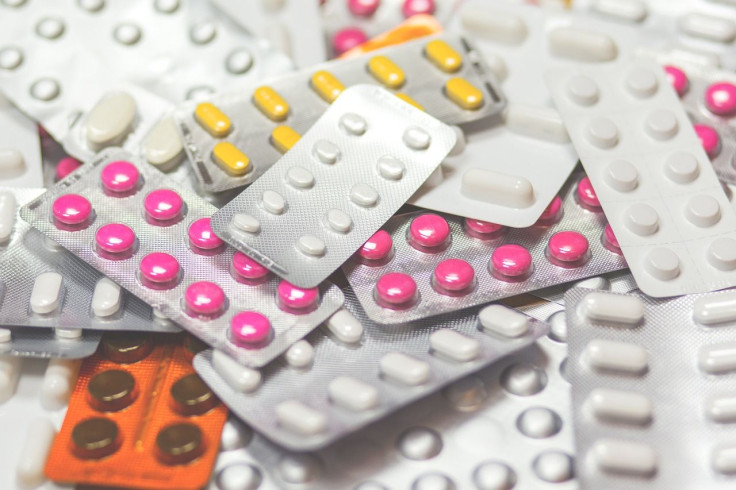Non-Oncology Drugs Surprisingly Capable Of Killing Cancer Cells

A surprising effort to uncover drugs that might have useful medical applications other than the ones they were developed for has yielded welcome, and probably life-saving, results. One of the most welcome finds: drugs originally developed for diabetes, reducing inflammation, lowering cholesterol and alcoholism can also kill cancer cells in the lab.
This came about due to a study by scientists at the Broad Institute of MIT and Harvard and the Dana-Farber Cancer Institute, which led to the systematic analysis of thousands of drug compounds currently in use. The analysis found nearly 50 drugs with previously unrecognized anti-cancer activity. This totally unexpected find also revealed novel drug mechanisms and targets. The study also suggests this approach might be a possible way to accelerate the development of new cancer drugs or repurpose existing drugs to treat cancer.
"We thought we'd be lucky if we found even a single compound with anti-cancer properties, but we were surprised to find so many," said Todd Golub, chief scientific officer and director of the Cancer Program at the Broad, Charles A. Dana Investigator in Human Cancer Genetics at Dana-Farber. Golub is also professor of pediatrics at Harvard Medical School.
The new study recently published in the peer-reviewed journal Nature Cancer is the largest yet to employ the Broad's Drug Repurposing Hub. This is a massive collection comprising more than 6,000 existing drugs and compounds either approved by the U.S. Food and Drug Administration (FDA), or proven safe in clinical trials.
The Hub contained 4,518 drugs at the time of the study. The study is also the first time researchers screened the entire collection of mostly non-cancer drugs for their anti-cancer capabilities. Researchers tested all the compounds in the Drug Repurposing Hub on 578 human cancer cell lines from the Broad's Cancer Cell Line Encyclopedia (CCLE).
After a battery of tests, researchers found nearly 50 non-cancer drugs that killed some cancer cells while leaving others alone. The study said some of the compounds killed cancer cells in totally unexpected ways.
"Most existing cancer drugs work by blocking proteins, but we're finding that compounds can act through other mechanisms," Steven Corsello, an oncologist at Dana-Farber, a member of the Golub lab and founder of the Drug Repurposing Hub, said.
Some of the nearly 50 non-cancer drugs Corsello and his colleagues identified appear to activate a protein or stabilize a protein-protein interaction and not by inhibiting a protein. According to Corsello, these unexpected drug mechanisms were easier to find using the study's cell-based approach that measures cell survival.
Most of the non-oncology drugs that killed cancer cells did so by interacting with a previously unrecognized molecular target. In one example, the anti-inflammatory drug tepoxalin (originally developed for use in people but later approved for treating osteoarthritis in dogs) killed cancer cells by hitting an unknown target in cells that overexpress the protein MDR1. It's this protein that commonly drives resistance to chemotherapy drugs.
The team also found nearly a dozen non-oncology drugs killed cancer cells that express a protein called PDE3A. These drugs stabilize the interaction between PDE3A and another protein called SLFN12, which is a previously unknown mechanism for some of these drugs.

Published by Medicaldaily.com



























